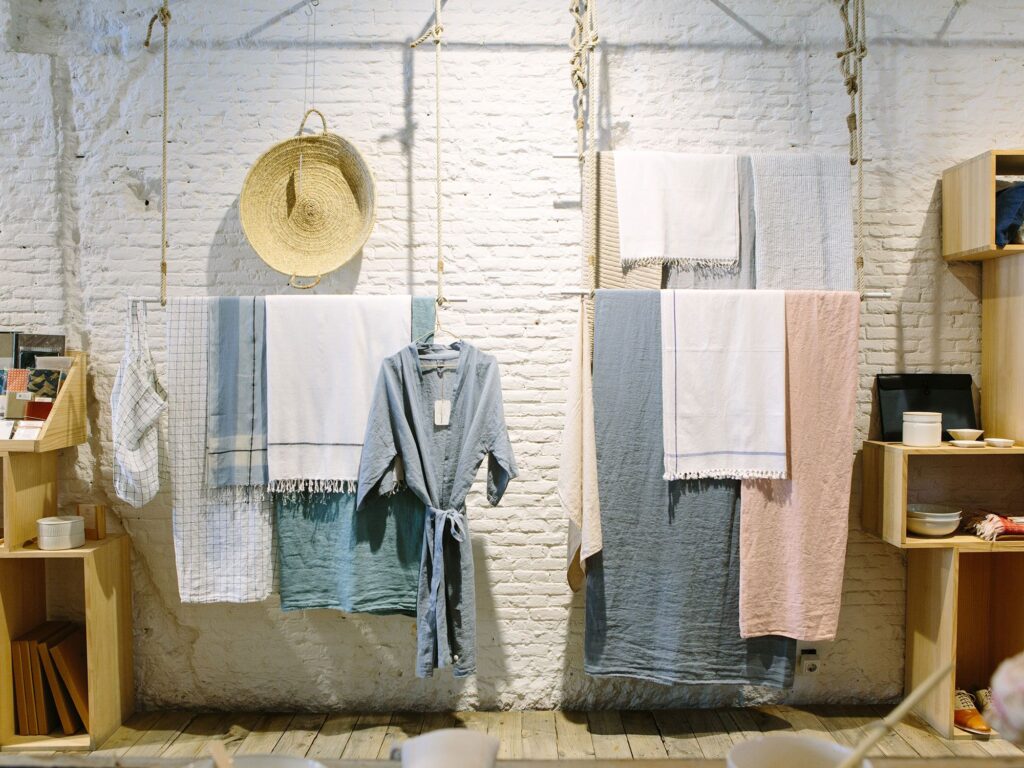
Being a new handmade business owner, you’ll find yourself often looking for ways to get your business running up off the ground. Lucky for you, there are several options for you to do this. Two of the most popular options to help your handmade business get profits flowing in include consignment and wholesale. Let’s discuss what consignment and wholesale are. What are the pros and cons of each? We want to help you get your handmade business jump started with success!
What is Consignment?

Consignment can be looked at several ways. It’s mostly just a big word that means a shop will put your products on their shelves for a percentage of the sale. This is beneficial for shop owners, because it allows them to fill their shelves without having to deal with the financial battle of ordering bulk inventory. Commission is different from shop to shop. However, most times it will range from 40-60 to 60-40, and in some case, even split evenly. It really just depends on what the shop owner is looking for. And what you are looking for as a handmade business owner.
Pros and Cons of Consignment
As mentioned before, consignment is a great way to get your business going. It can be a great way for your to connect to retailers. It’s a low risk scenario for everyone involved. It’s also typically very favorable for the handmade business owner, as the standard profit is a 50% commission on consignment agreements. However, this isn’t a rule and it can be less than amount. Consignment is also great because what doesn’t sell, goes back to you. The store owner doesn’t take a loss because they didn’t purchase the items from you. Meaning this option can be more appealing for retailers. This can be good to keep in mind if you’re approaching a business for wholesale and they don’t seem completely sold on the idea. Consignment also helps your handmade business gain brand exposure and gives you the opportunity to meet and reach new markets.
The disadvantages of consignment is also the same reason it can be beneficial to retailers. If your items don’t sell, retailers don’t take a loss. However, you don’t take a profit either. You should also consider that the “left over” items that don’t sell will now go back on your inventory. Meaning, you may be stuck with out of season or gently touched products. This could result in taking a loss for those items, which is important to consider. Consignment can also be hard to keep organized. You’ll need to be in frequent communication with the retailer to see what’s sell vs. what’s not selling, and you’ll have to make shop runs to grab the items that aren’t selling.
What is Wholesale?

Wholesale is very similar to consignment, but differs. This is because, with wholesale, the retailer will place an order with you, the handmade business owner, for your products and pays a set wholesale price for them (which you can find in your linesheet here). Typically, payment will go out to you after X number of days have past. It usually ranges in 1-3 months. Since the shop owner usually buys in bulk, they would receive a discounted rate for their purchase from you. This is usually around 50% off, but varies. The discount you give the shop owner will allow them to charge more to their customers for your products, thus giving both of you a fair profit.
Pros and Cons of Wholesale
Wholesale is a very secure way to make a profit as a handmade business owner. If you’ve already chosen to go this route, here are some tips to help you create your wholesale catalog and linesheet. Wholesale is great because the shop owners are purchasing your products upfront. Meaning, even if they don’t sell at the retailers shop, you still get a profit. Keep in mind, they are getting these items at a discounted rate, so you will make less on them. However, it is a guaranteed way to get money flowing in. You won’t have to worry about getting returned out of season items put back into your inventory or figuring out what to do with damaged goods.
There are, of course, disadvantages to wholesale too. Wholesale is more “make it or break it”. Meaning, if your products aren’t selling for them the first time around, they likely won’t ask you for a second order. You should also keep in mind that retailers are purchasing these items from you before their customers purchase the items from them. So they are allowed to market your items how they wish. Don’t expect them to run that by you. But be aware that your products might not be shown in the same light you show them in. Lastly, you need to be very organized with wholesale. This means prepping for the holidays in the summer and thinking about big consumer shopping days way before the date arrives. Retailers are thinking 3-6 months ahead, which means now so are you.
All in all, both consignment and wholesale can be very beneficial to your handmade business. This is especially true if you’re in the beginning stages. The best part is, you’re able to be as flexible as you want with both options. It’s very important to be as transparent as you can be with the shop owner. Typically, they are very receptive and eager to partner with you. Still not sure if consignment or wholesale is right for your handmade business? Let’s us know your questions in the comments!


